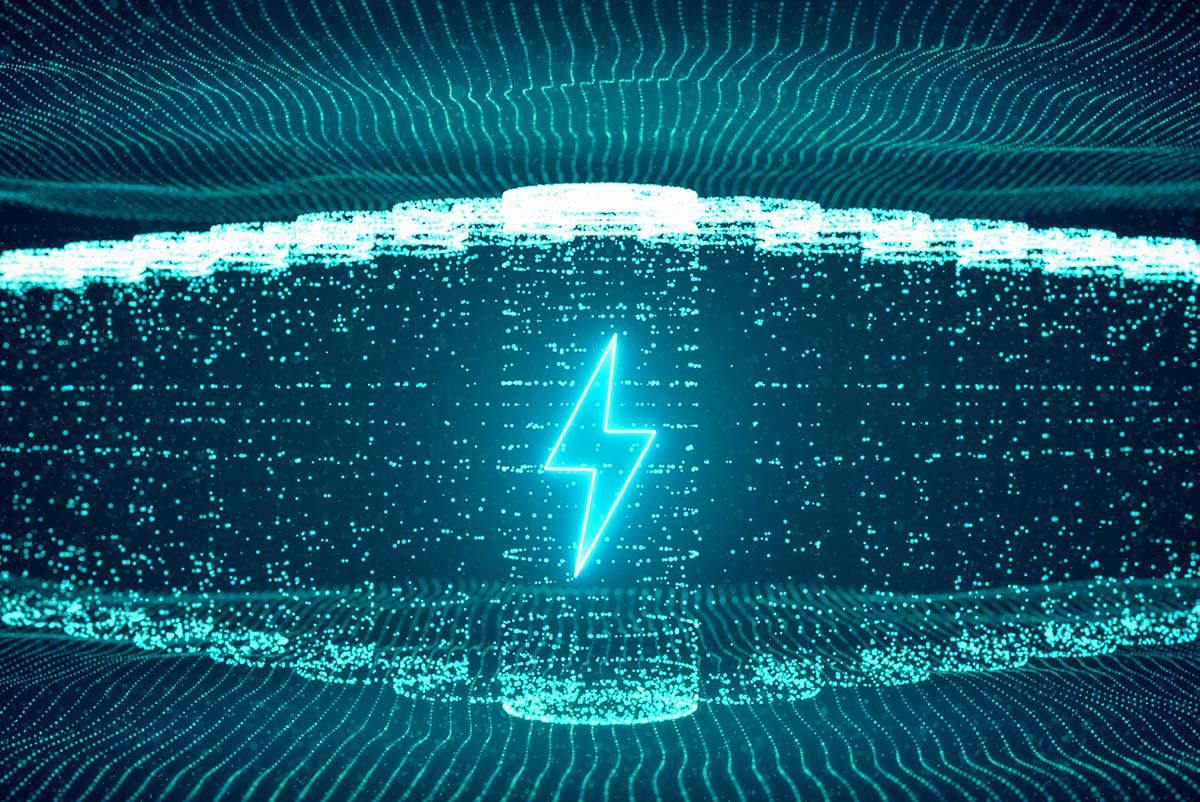
Cordless Drills are wonderful tools. Almost everybody from professionals to home improvement DIY hobbyists use them. When this tool stops working it's a nightmare because the work is interrupted. And oftentimes the problem is that the batteries are no good anymore.
The battery chemistry has 3 types: NiCad, NiMH, and Lithium-ion. NiCad, or NiCd, battery is used in older cordless drill tools. They are the least expensive, so almost all inexpensive cordless tools use this type of battery. There is one problem with this battery. It's toxic to the environment. So when it's time to dispose the dead NiCd battery it's a problem.
True that they contain the same cobalt ontario amount and they can last the same amount of minutes but sometimes the batteries of one model does not fit the model of another.
At only 6 1/8 inches long and having a weight of 3.4lbs including the battery, you can transport it anyplace. It also arrives with a company bag and tool box, so you can take it anyplace without breaking it.
The Lithium battery stocks-ion battery is light years ahead of the earlier batteries and considerably better than the Nickel-cadmium (Ni-Cd) or the nickel-metal hydride (Ni-MH) batteries which are still being used. These batteries are less expensive but the Li-ion batteries are far superior in three ways.
External effects can be a radiator in your room or direct sunlight, or just simply a mind boggling ambient temperature. A Lithium mines Ontario-ion cell loses 20% of its maximum capacity in one year when it's stored on 40 degrees Celsius and full charge. Not too many people have 40 C in their room all year long, but what about internal heat sources? If you use your notebook from AC power, you're keeping it fully charged, which it doesn't fancy, and on about 40C.
Don't empty the battery completely. Modern safety circuits take care of this, but if you take it to 3% capacity, then leave it like that for three months, it's most probably going to be damaged and lose some of its maximum capacity. If you have to store it for a while, charge it to 60%, and leave it like that in a dry and cold place.
With any battery, every time you charge it, it loses a bit of its performance and power. Over time, that battery will die, and after you give it a proper funeral, you'll have to change it. The same is true with your iPOD. Eventually, you will have to replace the iPOD battery. You can either change the iPOD battery itself or purchase a new iPOD Nano . But, because your iPOD battery is a lithium-ion beast, you won't need to worry about that for a while!